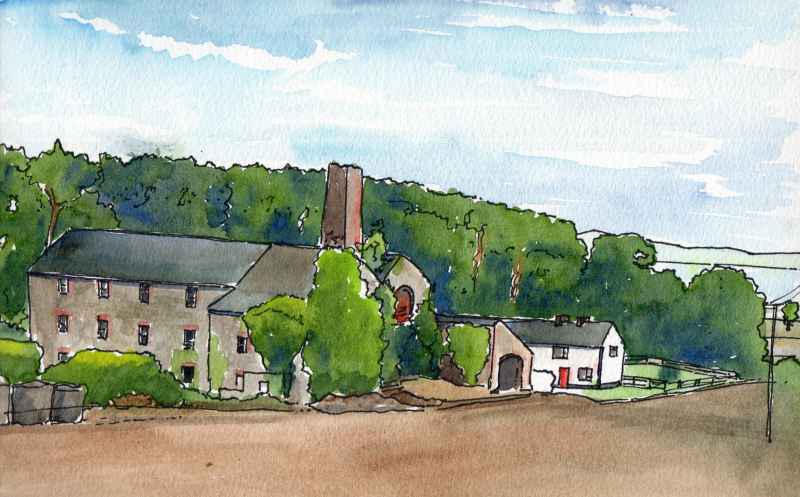Carrickhugh Flour Mill sits below Clooney Road with fine views accross Lough Foyle. Today it is a big empty shed used for farm machinery but at one time it was a thriving mill located at the base of a stream to get water power. However, the Ordnance Survey Memoirs of 1830-35 explained that ‘As the supply of water is not good in dry weather, the deficiency has been remedied by a steam engine of 12 horse-power which commenced working a few days since.’ This explains the chimney. The mill continued in operation for various uses until after the Second World War, (when it was used for corn grinding). It was converted to farm use after 1948. Today it is an important and visible reminder of the many former mills in this area, which were once a significant source of employment.
|
|
|


